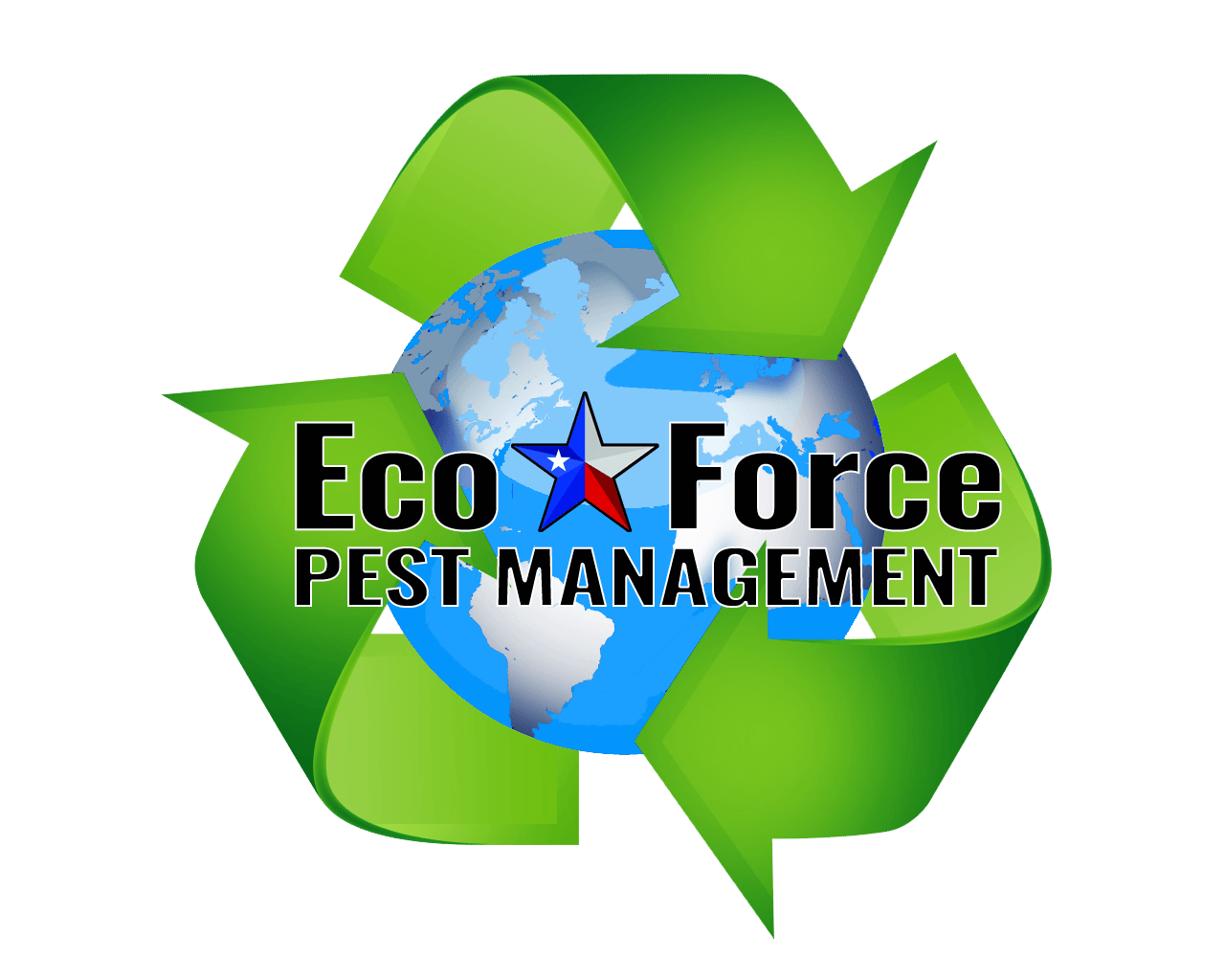Expert Cricket Control Service
Guaranteed Cricket Extermination In Texas
Safeguard your property from cricket infestations with professional integrated pest management strategies. EcoForce Pest Management provides top-quality solutions for cricket control, tailored for both residential and commercial environments. Our certified professionals conduct thorough inspections and apply treatments both indoors and outdoors. We focus on locating cricket entry points and nesting sites to address the problem at its source.
Contact us today: 830-507-2847
Pest-Free Commitment
- Eco-Friendly Solutions
- Fully Licensed & Insured
- Competitive Rates
Pest FREE Guarantee
Competitive Pricing
Eco Friendly
Locally Owned
Skilled Cricket Control Experts
EcoForce Pest Management brings extensive expertise in handling cricket infestations. Our team is experienced and knowledgeable in various cricket treatment methods, including local and exterior treatments as well as prevention strategies. Since 2011, our experienced team has utilized eco-friendly integrated pest management (IPM) techniques to effectively manage cricket issues.
The Importance of Professional Cricket Control
Crickets can be more than just a noisy nuisance since they reproduce quickly and have a voracious appetite. This can lead to them consuming items that result in damage to fabrics, paper, and plants. They thrive in areas with debris and clutter like dead leaves, wood chips, and trash and can enter homes through small openings like door gaps, foundation cracks, vents, and electrical access points. Crickets often breed in dark, damp, undisturbed spaces like crawlspaces and basements which allow populations to grow rapidly. While crickets are generally not a major concern, large numbers can pose a threat to crops and agriculture which make early detection and treatment crucial.
EcoForce Pest Management offers a 100% satisfaction guarantee for all our customers. We are committed to thoroughly eradicating your cricket problem, and if the crickets return, so do we—at no additional cost.
Comprehensive Cricket Control Services
Thorough Inspection: Our process begins with a detailed home inspection to identify potential breeding grounds and entry points for crickets.
Local Spot Treatment: We treat infestation sites and breeding grounds with growth regulators and low-toxicity chemical pesticides specifically designed to eliminate crickets.
Cricket Trapping: Trapping is a key component of our cricket control strategy. We strategically place traps in high-activity areas to monitor and capture crickets. These traps help us gauge the extent of the infestation and provide immediate relief by reducing cricket numbers.
Cricket Exclusion: To prevent crickets from entering your home, we seal cracks and crevices that could provide access. Gaps under doors are sealed with weather stripping to further block entry points.
Cricket Prevention: We recommend cleaning up dark, damp areas such as dead leaves, mulch, wood piles, and other vegetation to reduce outdoor cricket attractions. Additionally, an exterior barrier spray is applied to prevent crickets from entering the home.
For prompt service addressing your cricket control needs call 830-507-2847
EcoForce Pest Free Process
Step 1: Inspection
Our services start with a thorough inspection of the property. During this check, we will identify problematic areas with pest activity, access points, and where they are hiding.
Step 2: Treatment
After the location of pests has been identified, treatments will begin. EcoForce uses an integrated pest management approach that targets active pest infestations and prevents future ones from emerging.
Step 3: Exclusion
Once treatment is completed, exclusion strategies will be implemented to seal any access points that pests can use to gain access to a home or business.
Step 4: Maintain
On going maintenance and monitoring are all part of a comprehensive pest treatment strategy. This will help deter future pest activity as well as inform the team if pests return.
Cricket Information
Identifying Crickets
Crickets are typically about an inch long and are identified by brown, black, or green coloration. They are characterized by their long antennae and powerful hind legs which are adapted for jumping.
Cricket Behavior
Crickets are nocturnal insects known for their loud chirping, which males produce by rubbing their wings together to attract females. They thrive in dark, damp environments and can often be found hiding in basements, crawl spaces, and under debris. While they do not cause structural damage, they can chew on fabrics, paper, and plants, causing minor damage indoors. Their primary mode of movement is using their hind legs to jump distances that are impressive for their small size.
Preventing Crickets
To prevent cricket infestations, it is essential to eliminate sources of food and shelter. Seal entry points by caulking gaps and crevices around your home’s exterior. Additionally, applying a perimeter treatment of residual pesticides can help create a barrier to keep these pests out. Regularly cleaning up yard debris and maintaining dry indoor environments can also deter crickets from settling in.
Common Species of Crickets
- Brown Cricket: Commonly known as the house cricket, these crickets are bred commercially to be used as pet food. Their complete life cycle takes about 2-3 months, and they thrive in temperatures between 79-90 degrees Fahrenheit.
- Camel Cricket: These crickets have spider-like legs and slightly humped backs and lack wings as adults. They are often found around greenhouses and can become a nuisance if they invade your home. Unlike other crickets, camel crickets do not chirp which makes them harder to detect. They prefer damp environments such as woodpiles, under rocks, and areas with ground cover like ivy.
- Mole Cricket: Mole crickets are unique in appearance and behavior as they live underground and feed on roots, worms, and grubs. They create horn-shaped burrows that amplify their song, making it quite loud. These crickets have small eyes and shovel-like front legs designed for burrowing.
- Field Cricket: Field crickets are known for their ability to fly and jump long distances. They feed on vegetable plants and are commonly seen around homes. They are typically brown and up to an inch and a half in length. Their life cycle lasts a year, with the crickets dying off in winter.


